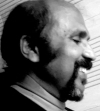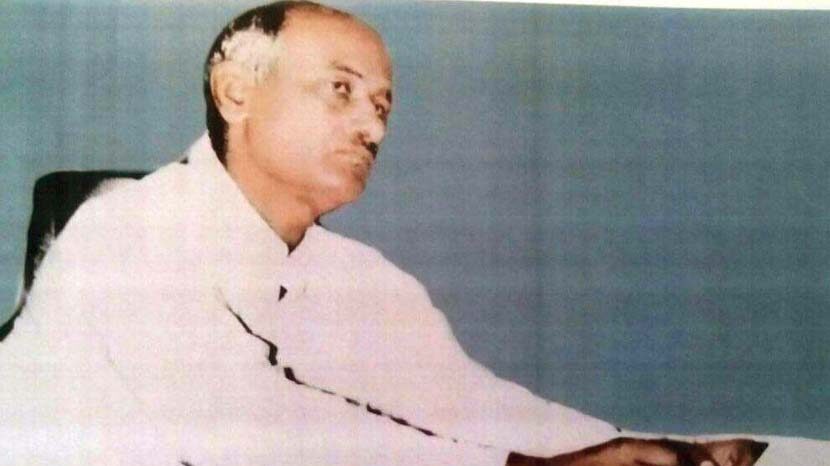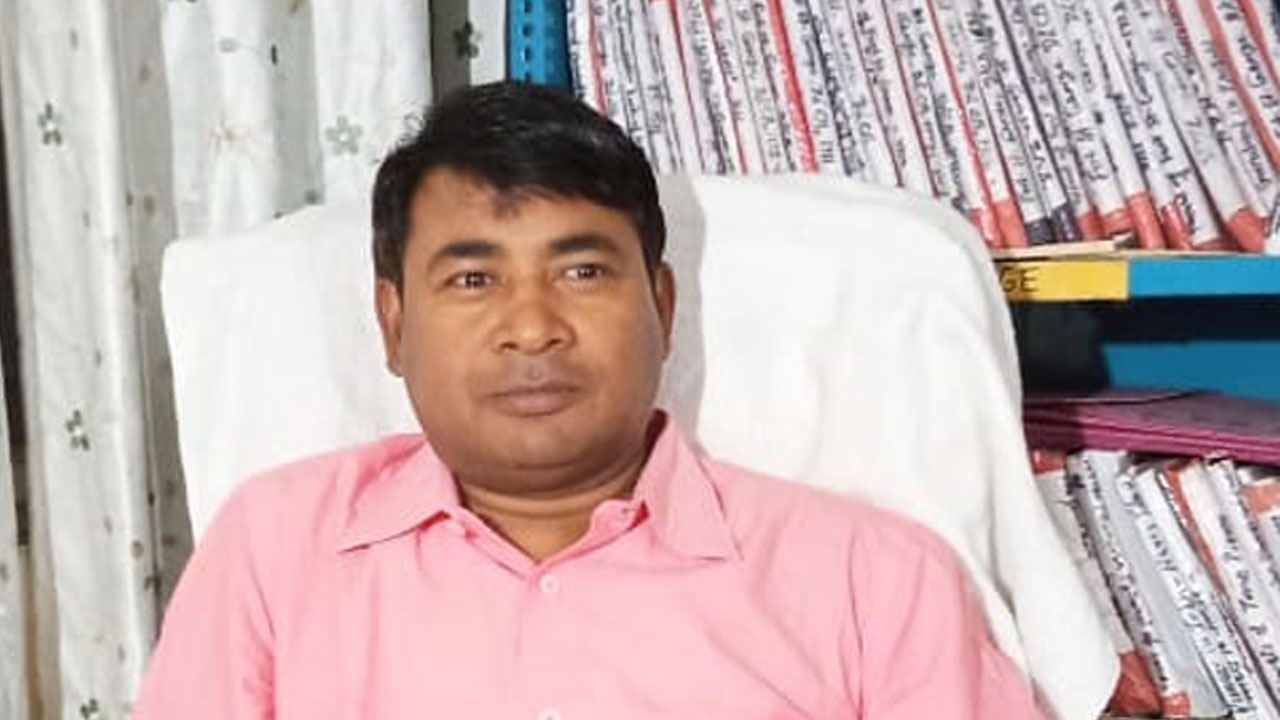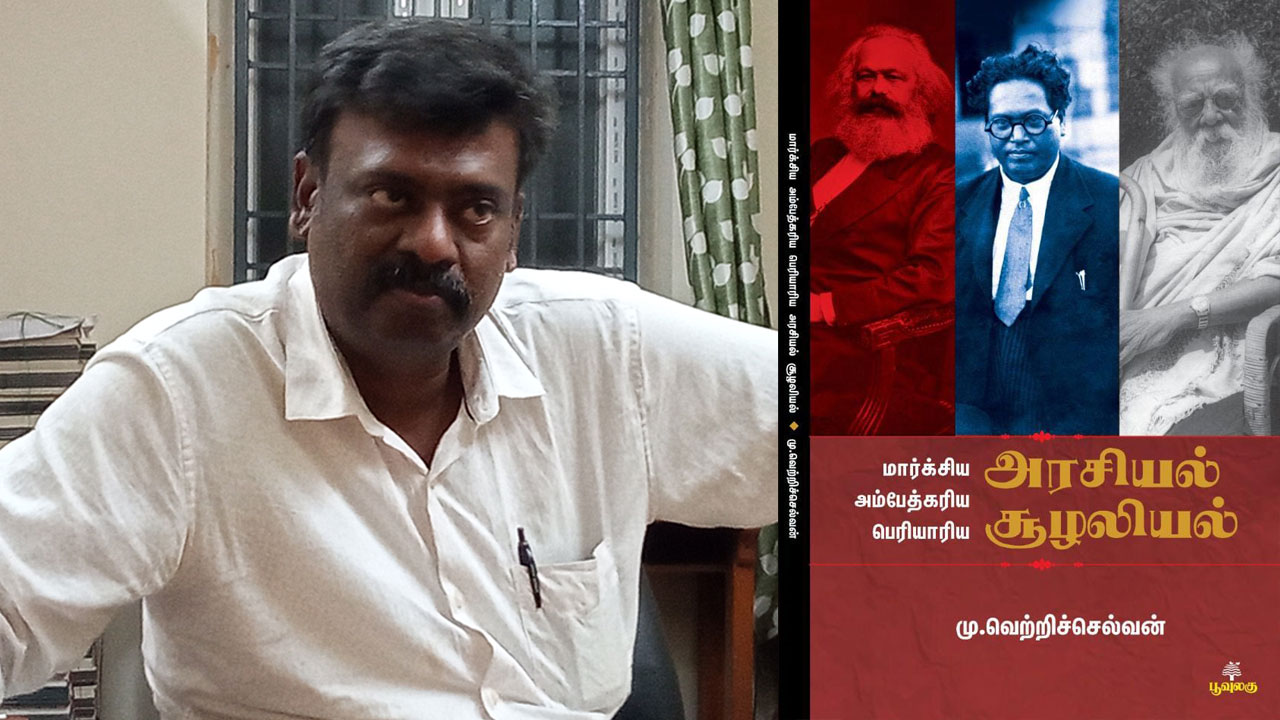Ramswaroop Verma (22 August 1923 – 19 August 1998)
Two streams of thinking have always existed in parallel in India – Dwij and Bahujan. Indians have had two mutually contradictory worldviews – brahmanical and Bahujan. Like on many other issues, the two have been at loggerheads on the issue of Ram and the epics telling the story of his life and times.
Ram, the son of Dashrath, is the ideal of the Aryan-Dwij brahmanical tradition and two epics have been written on him – Valmiki’s Ramayan and Tulsidas’s Ramcharitmanas. Dwij scholars, writers and readers consider Ram as a hero par excellence and highly revere Ramayan and Ramcharitmanas. For the Bahujan, however, Ram and the two epics are brahmanical tools designed to legitimize and perpetuate the domination of the Brahmins.
It is not without reason that almost all Bahujan heroes have commented on Ram and the story of his life and have concluded that Ram is neither a god, nor an ideal human or a religious personality. They also contend that the Ramayan and the Ramcharitmanas were written to underline the superiority of the Aryans and the Brahmins and to establish the domination of the Dwij over the Bahujan. They are not religious scriptures like the Bible, the Quran or the Tripitakas.
Many writers and thinkers, including E.V. Ramasamy Periyar, Dr Ambedkar, Periyar Lalai Singh Yadav, Swami Achhootanand, Chandrika Prasad ‘Jigyasu’, Jagdev Prasad, Santram BA, Motiram Shastri, Ravikant Shastri, Bhadant Anand Kaushalayan, Kanwal Bharti and Tulsiram have dissected the story of Ram in great detail. They are all in agreement that Ram is an imaginary character and the Ramayan is a work of fiction and that both represent the ideology that wants to keep the Shudras (Backwards), Atishudras (Dalits), women and Adivasis under domination. They also say that Ram massacred non-Aryans by branding them as demons. Periyar’s Sachchi Ramayan, Dr Ambedkar’s Riddles of Rama and Krishna (in Riddles in Hinduism), Swami Achhootananda’s Ramrajya Nyay, Chandrika Prasad Jigyasu’s Ishwar Aur Unke Gudde, Periyar Lalai Singh Yadav’s Shambuk Vadh, Motiram Shastri’s Ravan Tathagat, Rajnikant Shastri’s Hindu Jati Ka Utthan Aur Patan, Bhadant Anand Kaushlayan’s Ram Ki Kahani Ram Ki Zubani, Kanwal Bharti’s Treta Yug Ka Maha Hatyara and Tulsiram’s Kya Ayodhya Bauddha Nagari Thee? expose the anti-women, anti-Adivasi and anti-Shudratishudra nature of the story of Ram.
Tulsidas’ Ramcharitmanas is the most popular rendition of the story of Ram in the cow (Hindi) belt. Ramswaroop Verma (22 August 1923 – 19 August 1988), a Bahujan hero of the Hindi belt, in his book Brahman Mahima Kyon Aur Kaise? has dwelt in detail on the varna-casteist outlook and anti-women character of Ramcharitmanas. Verma’s book was published by the Arjak Sangh, founded by Verma himself. The book is a compilation of the letters and articles that he wrote in the wake of the Government of India’s decision to hold a function to mark the 400th anniversary of the writing of Ramcharitmanas. The then president V.V. Giri was to be the chief guest at the event and prime minister Indira Gandhi was to preside over it.
Verma had shot off a series of letters to Giri, Gandhi and others protesting against the decision. On 4 June 1973, he wrote an article titled Maryada Purshottam Ya Brahman Gulam to protest the then Uttar Pradesh chief minister Kamlapati Tripathi’s decision to provide a grant of Rs 1 lakh for the event. He wrote another article, Kya Ramcharitmanas Ek Dharmik Granth Hai?, on 8 August 1974 after the Dwijs kicked up a ruckus over an MLA tearing pages from the Ramcharitmanas in the Uttar Pradesh Assembly. He wrote a third article after Ravan Leela was held in Tamil Nadu on 24 December 1974 as a counter to the staging of Ramleela in north India. Nineteen-foot-tall effigies of Ram, Laxman and Sita were burnt at the culmination of the Ravan Leela along the lines of the burning of the effigies of Ravan and his kin in north India. This triggered an uproar among the Dwijs of north India. Ramswaroop Verma countered their objections in the article titled Ram-Ravan Kalpanik Paatra on 15 March 1975.
Taking exception to the event planned to mark the 400th anniversary of the writing of the Ramcharitmanas, he wrote that the Indian Constitution upheld the values of equality, justice and secularism and accused the government of indulging in an anti-constitutional act by celebrating a book that patronizes the Varna and caste system and legitimizes gender inequality. Verma believed that the Ramcharitmanas was the most potent means of strengthening Brahmanism in the Hindi belt and had been written to maintain and enhance the glory of the Brahmins. As proof, he quotes many lines from the Ramcharitmanas, such as:
Pujiya bipra sakal gunheena, Shudra na gungan gyan praveena.
Sapat tadat purush kahanta, bipra pujya as gavanheen santa.
Punya ek jag mahun nahin dooja, man kram bachan bipra kari puja.
Sanukul tehi par muni deva, jo taji kapat karat dwij seva
Mangal mool bipra paritoshu, dahayee kotikul bhusur roshu.
(Brahman Mahima Kyon Aur Kaise?, Ramswaroop Verma, p 16)
The gist of the first line is that a Brahmin should be worshipped even if he is devoid of all virtues and a Shudra should not be worshipped even if he is virtuous and scholarly. Going a step further, the second line says that a Brahmin has to be revered even if he curses, persecutes or uses harsh words. The third line says that no one except a Brahmin can be worshipped in the mortal world and that he should be worshipped in word and deed and from the depth of one’s heart. Hailing the Dwijs (the twice-born entitled to wear the sacred thread), the fourth line says that those who selflessly serve the Dwijs win the favours of the saints and the gods. The fifth line says that satisfied Brahmins bring wellbeing and happiness and angry Brahmins cause the destruction of millions of families. The Ramcharitmanas overflows with verses asserting that the Brahmins hold the highest position and are the best among humans.
Also Read: Ramswaroop Verma: A committed Ambedkarite
Even Ram meditates on the feet of the Brahmins, bows his head before them and seeks their blessings innumerable times every day and before doing anything.
Sumiri shambhu guru viprapad, kiye neend vash nain.
Bandi bipra sur gur pitu mata, payee asees mudit sab bhrata (Balkaand, 358)
As kahi rath Raghunath chalawa, bipra charan pankaj siru nawa (Lankakaand, 90)
Sakal dwijanah mili nayau matha, dharma dhurandhar raghukul natha (Uttarkaand, 5)
Thus while the Ramcharitmanas establishes the superiority of the Brahmins and the Dwijs, it repeatedly brands the non-Brahmins as lowly and despicable. Ramswaroop Verma wrote to the then president and prime minister saying that the Ramcharitmanas, in stark contrast with the value of equality enshrined in the Constitution, holds the Brahmins-Dwijs as superior to the non-Brahmins and women and describes the latter as wretched and vile. In the eyes of Tulsidas, women and the non-Brahmins fell in the same slot. Verma quotes the following line to substantiate his point:
Dhol ganwar shudra pashu nari, ye sab tadan ke adhikari (Sundarkaand, 59)
Non-Brahmin castes have been named and shamed at many places in the Ramcharitmanas. For instance:
Je varnashram teli kumhara, swapach kirat kol kalwara
Aabhir, yavan, kirat, khas, swapachadi ari aghrop je. (Ramswaroop Verma, Balbodhini Teeka, Uttarkaand, p 1041)
This means that Telis, Kumhars, Bhangis, Bahelias, Kols and Kalwars are degenerate and sinful peoples. It also says that Ahirs, Muslims and Kirats are fallen peoples.
Gods have been portrayed as describing the Kewat caste as lowly:
Yahi sam nipat neech kou naahi, bad vashishtha sam ko jag mahi (Aranyakaand, p 492)
And the Nishad is shown denigrating himself:
Lok ved sab bhantihi neecha, jasu chaahn chuyee leiya seencha (Aranyakaand, 462)
According to Tulsidas, the biggest quality of Ramrajya was that it followed the Varnashram Dharma:
Varnashram nij-nij dharma nirat ved path log (Ramswaroop Verma, p 18)
Commenting on this, Ramswaroop Verma said that if Varnasharam Dharma was being followed in Ramrajya, its biggest beneficiaries must have been the Brahmins.
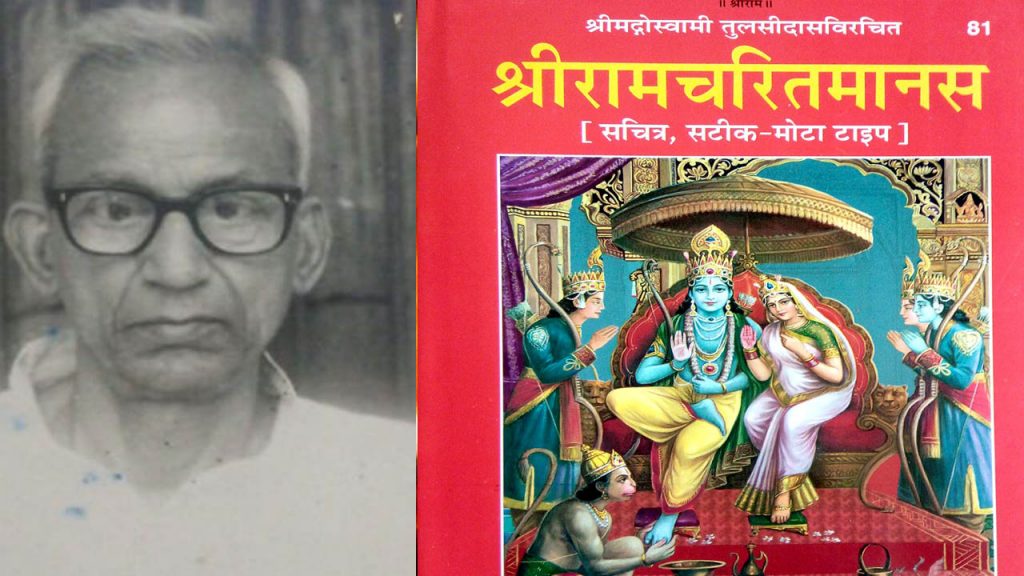
According to the Ramcharitmanas, while strict adherence of Varnashram Dharma was the biggest specialty of Ramrajya, the biggest characteristics of Kalyug were the Shudras equating themselves with the Dwijs, feeling proud of their knowledge and telling the Dwijs that they are not inferior to them:
Badahhi sudra dwijanh san, ham tumhte kachu ghati
Janayee brahma so bipravar, aankhi dekhavaheen danti (Uttarkaand, 1013)
Quoting many such chaupayis and dohas from the Ramcharitmanas, Verma proves that the epic was written basically to establish and perpetuate the domination of Brahmins.
After exposing the brahmanical character of the Ramcharitmanas and delineating how it spreads hatred against the non-Brahmins and non-Dwijs, Verma dwells on the anti-women worldview of the epic. As has been mentioned earlier, Tulsidas says that alongside Shudras, women should also be tormented. He is dead against granting any kind of freedom to women. He says that just as heavy rains cause the ‘medh’ (low boundaries of fields made of mud) to breach, free women go haywire:
Mahavrishti chali phut kiyari, jimi swatantra hoyee vigrahi nari (Ramswaroop Verma, p 11)
Commenting on this verse, Ramswaroop Verma says that the Indian Constitution proscribes gender discrimination and we do not need texts like the Ramcharitmanas which are against freedom of women. He asks why freedom should be denied to women when men are free.
Tulsidas says that women are the source of all miseries:
Ek mool bahu shool prad, pramda sab dukh khani (ibid p 12)
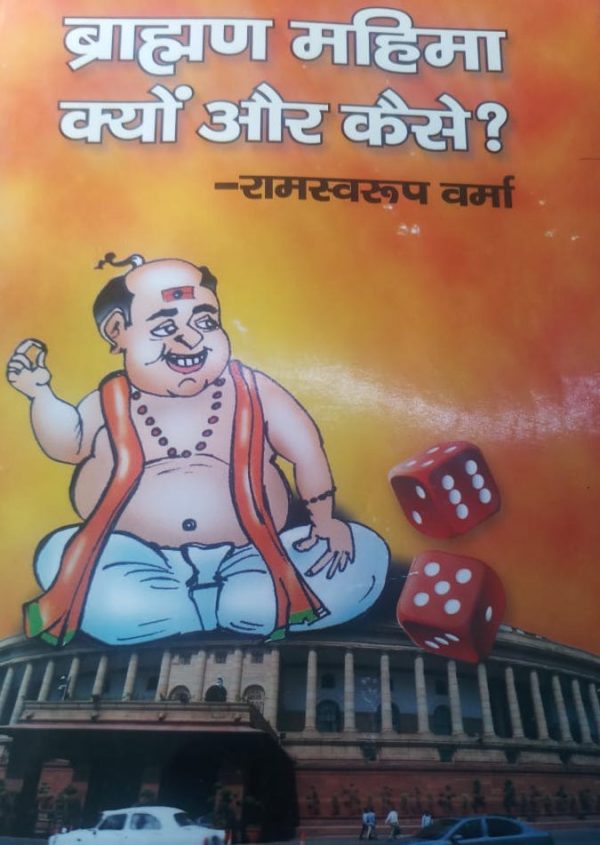
Tulsidas says that women, by nature, are amorous and of easy virtue – so much so that women blinded with lust can also get sexually attracted to their father, brother or son:
Bhrata pita putra urgaree, purush manohar nirkhat nari
Hoheen vilak sak manahin na rokee, jimi ravimani drav raviheen viloki (ibid, p 14).
Tulsidas also proclaims that all women have eight vices. No woman can be free from them:
Nari swabhav satya kavi kahaheen, avgun aath sada ur rahheen
Sahas, anrat chapalta maya, bhay avivek ashauch adaya (ibid, p 15)
By quoting these and many more such verses from Ramcharitmanas, Verma proves beyond a shred of doubt that the epic is anti-women.
After exposing the pro-Varna and -caste and anti-women character of Ramcharitmanas, Verma exposes the real character of Ram. “The Ram of Pandit Tulsidas’ Ramcharitmanas is neither a dutiful person, nor a great man. He is a casteist and an irreligious person, who was singularly devoid of liberal values. He was a slave of the Brahmins in word, deed and at heart. The enemies of Brahmins were his enemies. He preached others to be slaves of the Brahmins and committed all sorts of monstrosities to prove his pro-Brahmin credentials (Brahman Mahima Kyon Aur Kaise?, Ramswaroop Verma, p 43).
(Translation: Amrish Herdenia; copy-editing: Anil)
